- March 8, 2025
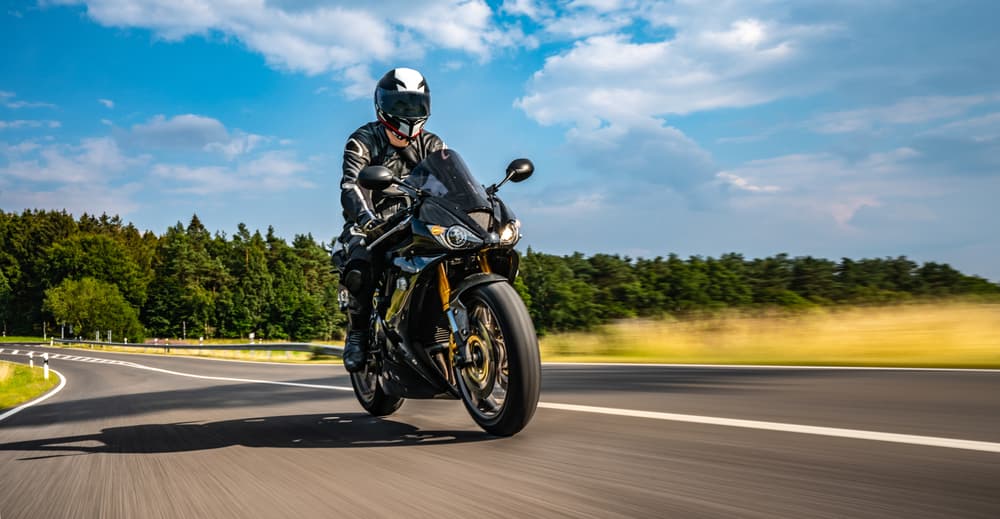
Riding a motorcycle is an exhilarating experience unlike any other. You feel the road beneath you, the wind rushing past, and a sense of connection to your surroundings that’s hard to replicate inside a car. Whether you’re new to riding or a seasoned motorcyclist, there’s always something more to learn. Perhaps it’s a riding technique that makes you safer in traffic or a small adjustment in your pre-ride ritual that boosts your confidence. Or maybe it’s a lesson that keeps you prepared for unexpected hazards, teaching you what to avoid at all costs.
For many riders, a motorcycle is a cherished companion representing freedom and adventure. But it also carries significant responsibilities and risks. Motorcycle accidents can and do happen. Sometimes, these incidents occur through no fault of your own—maybe another driver just didn’t see you or chose to act recklessly. Other times, mistakes can stem from a lack of preparedness, improper riding habits, or overlooked maintenance issues. Ensuring your safety and the safety of others on the road is paramount.
The good news is that safe and enjoyable motorcycle riding isn’t a mystery. It’s built upon a solid foundation of good habits, proper training, and constant vigilance. If you follow best practices—“the dos”—and steer clear of poor choices—“the don’ts”—you put yourself in the best possible position to enjoy your ride and make it home safely every time.
Contact us online, and let us safeguard your rights and future.
Here are some dos and don’ts for safe cycling:
DO: Always Wear Proper Protective Gear
Your gear is your first line of defense if you’re ever involved in a collision or even a minor spill. A quality helmet, sturdy jacket, riding pants, boots, and gloves significantly reduce the risk of severe injuries. Don’t assume that because you’re an experienced rider, you can go without proper protection. Even a small crash can cause serious harm if you’re wearing everyday clothing.
What to Look For:
- Helmet: Make sure it meets the Department of Transportation (DOT) safety standards or the SNELL certification. Full-face helmets provide more protection than open-face styles.
- Jacket and Pants: Opt for materials like leather or abrasion-resistant textiles. Armor inserts in elbows, shoulders, hips, and knees add an extra layer of safety.
- Gloves and Boots: Protecting your hands and feet is crucial. Gloves should have reinforced knuckles and good grip. Boots should cover your ankles and have non-slip soles.
Don’t:
- Don’t rely on cheap gear or novelty helmets that don’t meet safety standards.
- Don’t ride in just jeans and a T-shirt. Even low-speed falls can cause serious road rash.
- Don’t assume warm weather excuses you from wearing gear. Modern mesh jackets and well-ventilated helmets can keep you cool and protected.
DO: Invest in Proper Training & Skill Building
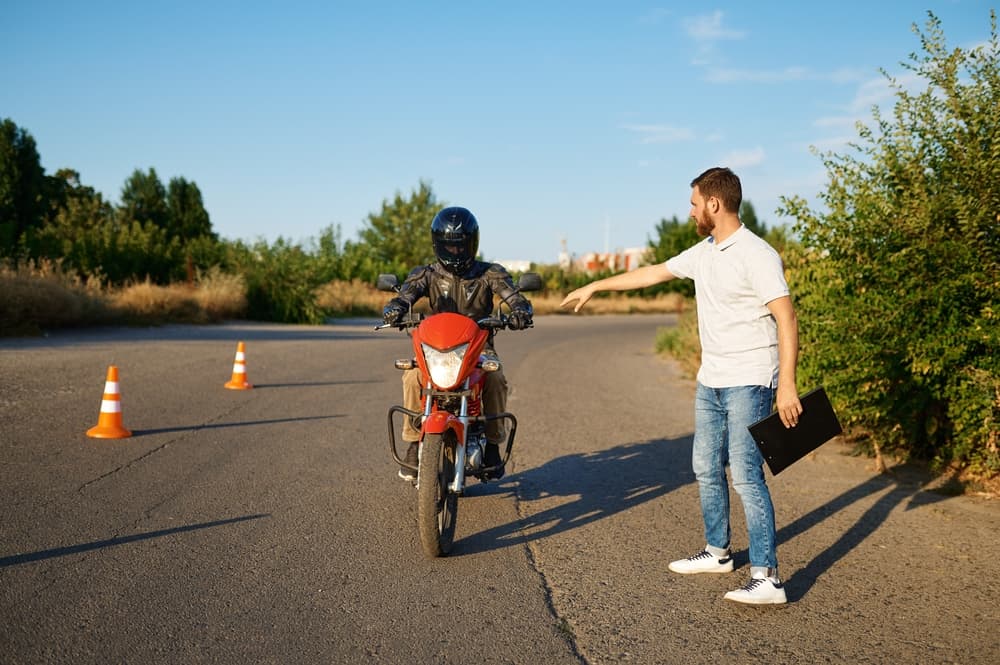
Training is essential, no matter how long you’ve been riding. The skills you learn in a safety course—from cornering techniques to emergency braking—can save your life. Even experienced riders benefit from advanced courses that sharpen their reflexes and teach them to handle challenging conditions.
What Training Involves:
- Beginner Courses: These cover the basics: operating the motorcycle, starting and stopping smoothly, making turns, and understanding traffic laws that apply to riders.
- Intermediate & Advanced Courses: More advanced classes help you master high-speed maneuvers, safe cornering techniques, and evasive tactics when faced with sudden hazards.
- Refresher Sessions: Over time, bad habits can creep in. Periodic refresher courses help identify and correct these habits, keeping your skills sharp.
Don’t:
- Don’t assume that because you can ride in a straight line, you’re prepared for everything the road throws at you.
- Don’t skip training if it’s available and accessible. Quality instruction can greatly reduce your risk on the road.
- Don’t rely solely on riding with friends as a substitute for professional guidance. A certified instructor can offer insights that your friends might overlook.
DO: Obey Traffic Laws and Speed Limits
Motorcycles are often overlooked on the road. Drivers sometimes fail to notice their smaller size and unique positioning. One of the best ways to protect yourself is to follow traffic rules to the letter. Sticking to the speed limit and obeying signals gives you more time to react and keeps you predictable in the eyes of other drivers. Predictability is a cornerstone of safe riding.
Best Practices:
- Signaling: Always use your turn signals well before making a maneuver. Hand signals can also be helpful if your turn indicators aren’t clearly visible.
- Following Distance: Keep a safe distance from the vehicle ahead of you. A minimum of two seconds is a good starting point, but consider increasing it in bad weather.
- Lane Positioning: Position yourself in the lane where you’re most visible to other drivers. Don’t be afraid to adjust your position to improve sight lines.
Don’t:
- Don’t weave between lanes illegally. Lane splitting can be dangerous, especially in states where it’s not permitted.
- Don’t run red lights or stop signs. The time you save is never worth the risk to your life.
- Don’t follow too closely. Tailgating reduces your reaction time and can lead to serious collisions.
DO: Maintain Your Motorcycle Diligently
Your motorcycle’s condition plays a huge role in your safety. Proper maintenance can prevent sudden failures that might cause an accident. Check your tires, brakes, lights, and fluid levels regularly. If something feels off—wobbling handlebars, strange noises, or reduced braking power—address it immediately.
Maintenance Checklist:
- Tires: Check pressure and tread depth. Replace worn tires promptly.
- Brakes: Test your brakes before every ride. Worn brake pads need immediate attention.
- Lights: Ensure headlights, brake lights, and turn signals are all functioning.
- Fluids: Keep an eye on engine oil, coolant, and brake fluid levels.
- Chain & Belt: Inspect for proper tension and lubrication.
Don’t:
- Don’t ignore warning signs like unusual vibrations or difficulty shifting gears.
- Don’t postpone regular maintenance. Small issues can become major problems if left untreated.
- Don’t use poor-quality replacement parts. Invest in reliable components to ensure your bike operates smoothly and safely.
DO: Practice Defensive Riding
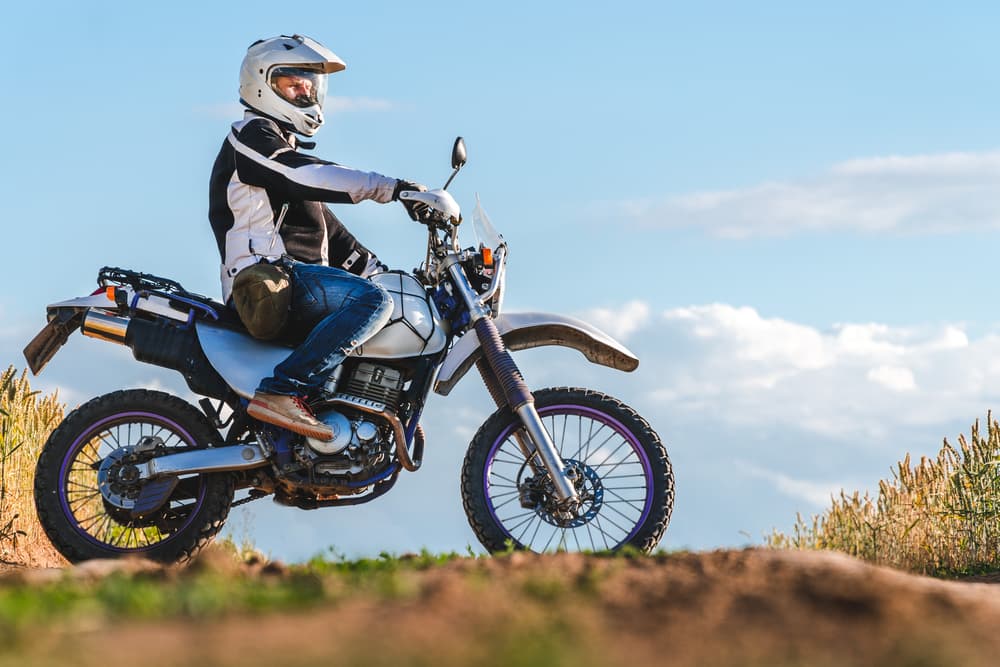
Defensive riding means anticipating potential hazards before they become immediate threats. Assume that other drivers might not see you, might not signal properly, or could suddenly swerve into your lane. Keep your eyes moving, scanning the road ahead and behind you.
Defensive Riding Tips:
- Scan Constantly: Look far ahead, not just at the car in front of you. Keep track of what’s happening in multiple lanes.
- Check Blind Spots: Know where other vehicles might be lurking, especially larger ones like trucks.
- Escape Routes: Always have a plan. Think: “If that car moves into my lane, where can I go safely?”
- Predict Behavior: If you see a driver slowing down erratically or drifting in their lane, give them extra space.
Don’t:
- Don’t assume that a driver sees you just because you made eye contact.
- Don’t ride in another vehicle’s blind spot. Adjust your lane positioning so you’re always visible.
- Don’t let your guard down. Even a familiar route can present new challenges.
DO: Ride Sober and Focused
Your reaction time and decision-making ability are critical while riding a motorcycle. Alcohol, drugs, and even fatigue or intense emotion can impair these. If you’re not fully alert and sober, you increase your risk of making errors—errors that can cost you dearly.
Staying Clear and Alert:
- No Alcohol or Drugs: Even a small amount of alcohol can slow your reflexes. Save any celebration for after the ride.
- Avoid Medication That Causes Drowsiness: Some over-the-counter drugs make you sleepy or reduce alertness. Read labels before taking any medication and getting on your bike.
- Mental Health: If you’re angry, upset, or distracted, hold off on riding until you’ve calmed down and can focus fully.
Don’t:
- Don’t ride if you’ve been drinking, even if it was “just a few beers.” It’s not worth the risk.
- Don’t use your motorcycle as a way to “clear your head” if your emotions are running high and distracting.
- Don’t underestimate the power of fatigue. Riding tired can be just as dangerous as riding under the influence.
DO: Adjust for Weather and Road Conditions
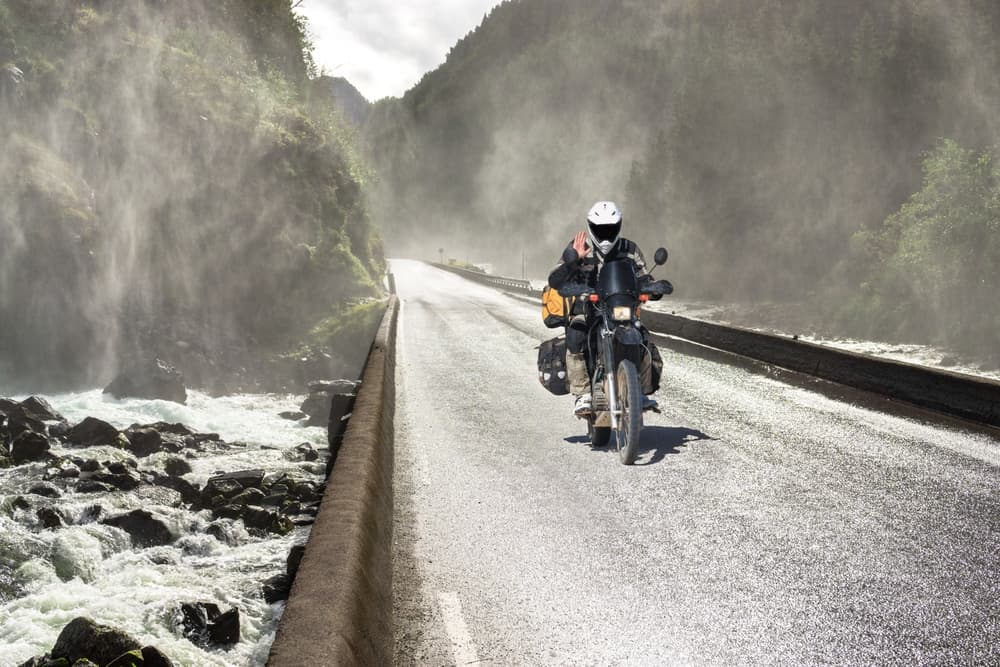
Weather plays a massive role in riding safety. Rain, snow, ice, and even wet leaves can cause your tires to lose grip. Similarly, nighttime riding reduces visibility, making it harder for others to see you—and for you to see them.
Staying Safe in Different Conditions:
- Rainy Conditions: Slow down, use smooth inputs on the throttle and brakes, and increase your following distance. Wear waterproof gear and ensure your visor is clear.
- Cold Weather: Cold tires have less grip. Warm them up gently and wear layers to maintain dexterity and alertness.
- Night Riding: Use a clear visor or appropriate eyewear. Increase visibility by wearing reflective gear or adding reflective strips to your motorcycle.
Don’t:
- Don’t assume you can ride exactly as you do on a dry, sunny day. Adjust speed and braking distances.
- Don’t ride aggressively if the road is covered with gravel, leaves, or other debris.
- Don’t neglect your bike’s lighting system. Dim or malfunctioning lights make riding in low visibility extremely risky.
DO: Communicate and Ride Courteously in Groups
Riding in groups offers companionship and the joy of sharing the road with friends. But group riding also requires discipline and clear communication. Proper formation, hand signals, and agreed-upon rules reduce the risk of collisions within the group and with other road users.
Group Riding Basics:
- Formations: Staggered formations provide better visibility and reaction time. Single-file is best for tight curves or poor conditions.
- Hand Signals: Learn common signals for turns, stops, hazards, and adjustments in speed.
- Check-In: If you notice a fellow rider struggling or lagging behind, adjust the group’s pace or take a break.
Don’t:
- Don’t show off or attempt risky stunts to impress the group. Safety should always come first.
- Don’t pressure a slower rider to keep up if they’re not comfortable.
- Don’t rely on guessing. Communicate intentions clearly to avoid confusion.
DO: Know What to Do If an Accident Happens
No matter how careful you are, accidents can happen. Understanding what to do immediately after a motorcycle collision can make a significant difference in your long-term recovery and well-being. If you’re involved in an accident, first ensure your safety and the safety of others, then seek medical attention as soon as possible—even if you feel okay.
Post-Accident Steps:
- Check for Injuries: Before anything else, make sure you’re not seriously hurt. If you are, call for medical help immediately. If you can, move yourself and your bike out of harm’s way.
- Call Authorities: Report the accident so there’s an official record. Follow all instructions given by emergency personnel.
- Collect Information: If possible, gather the other driver’s contact and insurance information, take photos of the scene, and note any witness statements.
- Seek Medical Evaluation: Some injuries aren’t immediately apparent. A thorough medical check-up can reveal hidden issues.
- Document Everything: Keep records of medical treatment, expenses, and any impact on your daily life. This documentation may be critical if you pursue a claim later.
Don’t:
- Don’t leave the scene of the accident. Stay until law enforcement says you can go.
- Don’t apologize or admit fault prematurely. It might feel polite, but it can complicate legal matters later.
- Don’t ignore emotional trauma. Accidents can cause psychological distress. Consider seeking mental health support if needed.
DO: Understand the Importance of Insurance and Legal Guidance
Accidents can be financially devastating. Having proper insurance coverage is essential. If you or a loved one is injured due to someone else’s negligence, you may be entitled to compensation to help with medical bills, lost wages, and more. Understanding your rights and knowing who to turn to for legal guidance can make a world of difference during a stressful time.
Smart Preparations:
- Adequate Coverage: Review your policy periodically to ensure it meets your needs. Consider uninsured/underinsured motorist coverage.
- Keep Records: Store insurance policy numbers, contact details, and medical records in an easily accessible place.
- Plan for Legal Help: Know where you can turn if you need professional legal advice after an accident.
Don’t:
- Don’t rely on minimal coverage just to save money. In an accident, robust insurance can be a lifesaver.
- Don’t try to handle complex legal matters on your own if you’ve been seriously hurt.
- Don’t ignore your rights. If you’ve been injured due to someone else’s negligence, you deserve fair compensation.
DO: Cherish the Ride
With all this talk of safety and caution, it’s easy to forget the primary reason why many people ride: pure enjoyment. Motorcycling is about the freedom of the open road, the connection to your surroundings, and the camaraderie among fellow riders. While safety should always be your top priority, it doesn’t have to come at the expense of having a good time. In fact, the safer you feel, the more you can relax and enjoy every mile.
Enjoying the Journey:
- Explore Safely: Seek out scenic routes with good road conditions.
- Take Breaks: Stop for a nice meal, a coffee, or to simply admire the view.
- Share the Experience: Ride with friends or meet new people along the way. Celebrate milestones in your riding journey.
Don’t:
- Don’t let fear overshadow the joy of riding. Build skills and confidence at a comfortable pace.
- Don’t forget to appreciate the small moments—the sunshine on your shoulders, the sound of a purring engine.
- Don’t focus only on the destination. Riding is as much about the journey as the endpoint.
DON’T: Lose Hope If You’ve Been Injured
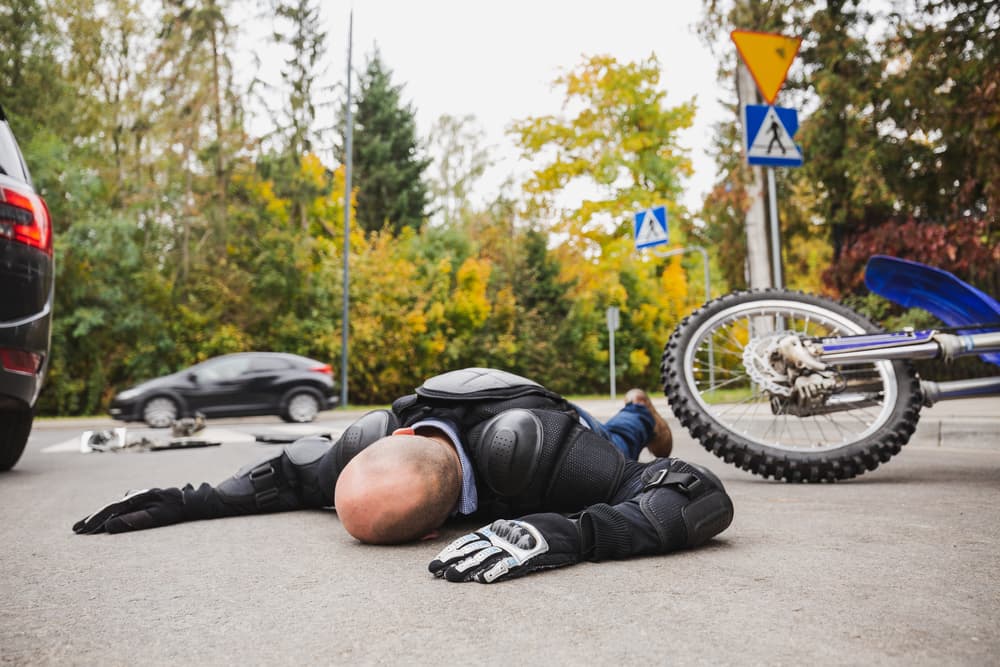
If you or someone you love has been injured in a motorcycle accident, you may feel overwhelmed—by pain, medical bills, uncertainty, and the frustration of knowing the accident might have been avoidable if others had behaved responsibly. During this tough time, remember that help is available.
Legal professionals who understand both the emotional and practical challenges of recovering from an accident can guide you through the process of seeking compensation, handling insurance claims, and standing up for your rights. While no one can undo the past, having the right support can help you move forward with hope and security.
Finding Support After an Accident
If you or someone close to you has suffered from a motorcycle accident, know that compassionate, experienced legal help is just a call away. At Goodman Acker P.C., we understand what you’re going through. We’ve helped countless injured individuals find the justice and compensation they deserve. We’re dedicated to treating each client with respect, understanding, and tireless advocacy.
We’re available 24/7, and our consultations are complimentary. Contact our motorcycle accident lawyers today at (248) 831-1507 or through our online form for a free consultation with our caring team. We are ready to answer your questions, help you understand your options, and work on your behalf. Don’t go through this alone—our experienced, honest, and ethical team is here to help you every step of the way.
Contact us online, and let us safeguard your rights and future.

